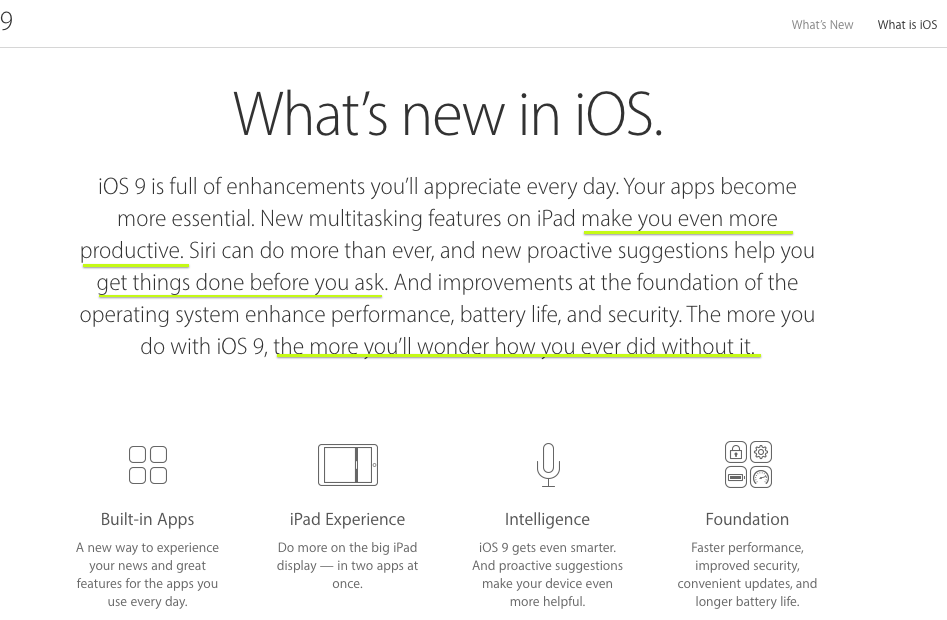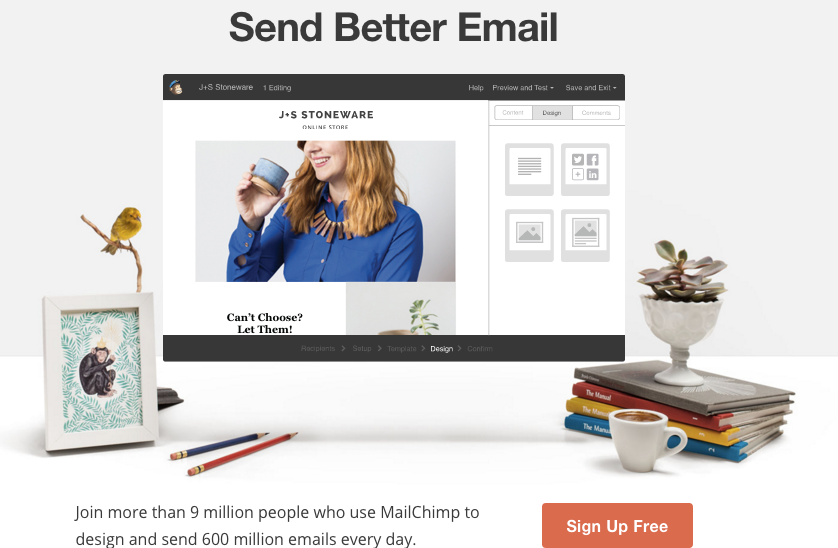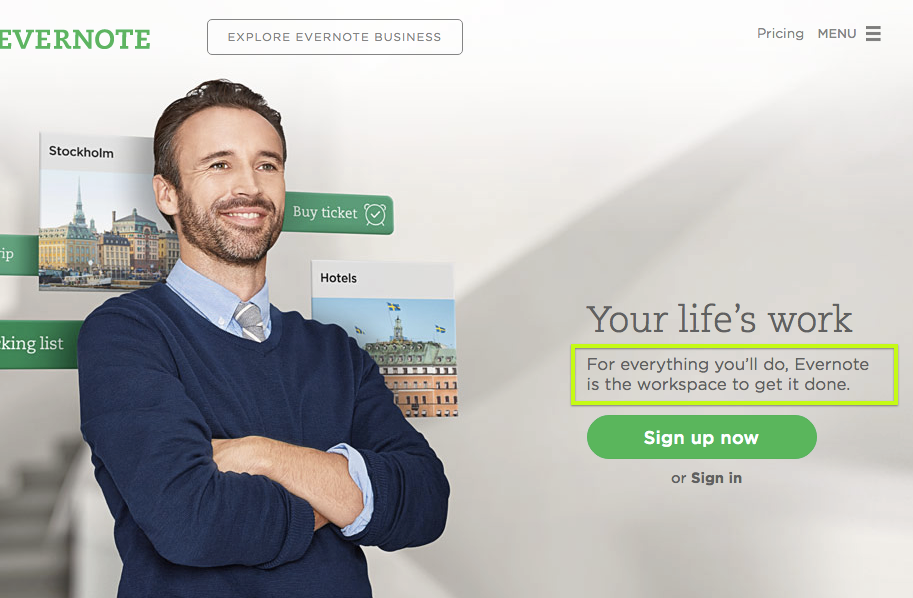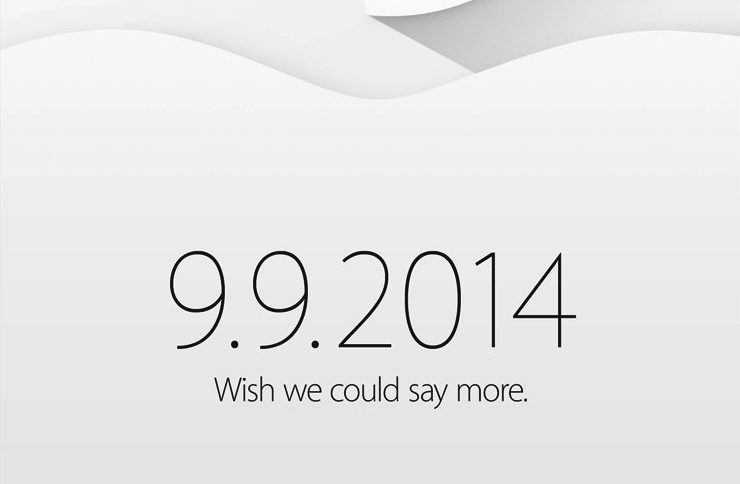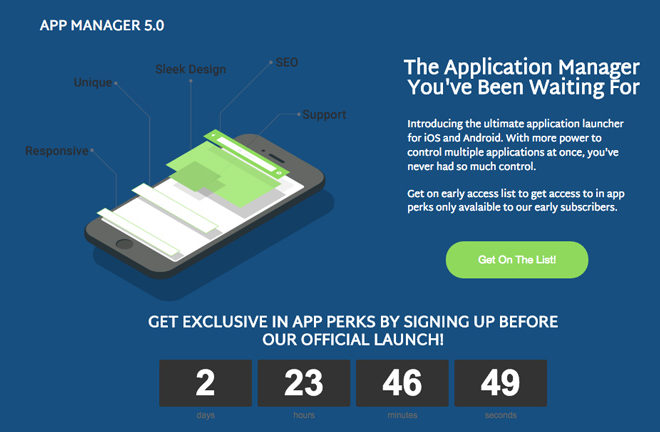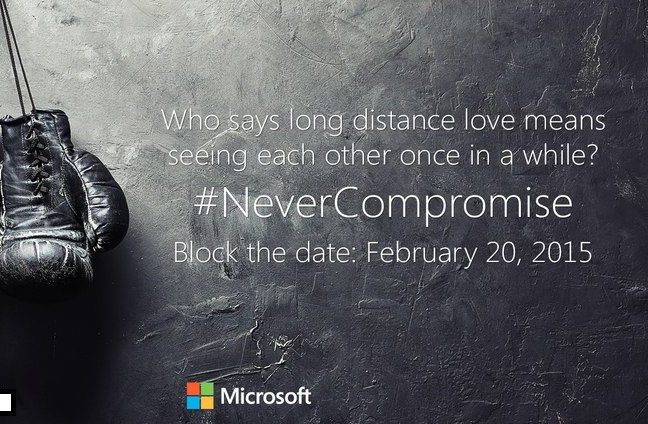
Times have changed. Perhaps there was a time when a simple press release before launch, along with hope and crossed-fingers, would have done the trick and made your product launch a success.
Yet, we live in the era of Internet, defined by the age of limitless information, endless news cycles, and perpetual attempts at fame and traction. Obviously, this has made the average user more lazy and demanding, but less attentive. That, perhaps, has had the greatest impact on launch marketing and has significantly transformed how launches are planned, managed and measured.
So, how to go about your launch? Is there a secret arcane recipe for it? Unfortunately not, as each product is different or unique in its own way. Yet, a few factors play an important role in almost all product launches.
In a successful product launch, it all comes down to solving potential problems before they occur or addressing real issues, focusing on how your target audience receives the product, all the while consistently communicating a powerful narrative of why your product is better than anything or everything that came before it.
Hence, make sure your launch is planned with the following in mind.
A Thorough Market Research
Before you plan the launch, you must be confident enough to admit that you understand your audience, that you truly recognise how they benefit from your product, that you identify their pain points and how your product addresses them.
Your entire launch plan will be derived from this research.
Unless, with all honesty and modesty, you can answer that in the affirmative, take a moment to reflect on what impedes you from understanding.
Don’t proceed until and unless you can say yes to that question; a premature launch can put a lid on your plans almost immediately.
A thorough market research would have answered the following:
1. How to Position the product?
To answer this, again rationalize through the following:
- needs and wants of your target market
- what they value
- how they perceive that value
- how your product can have its maximum effect on your target
2. How to Distribute it?
- where your target audience tends to shop
- how they tend to shop
- any other relevant shopping habits? (for example, online shopping, etc.)
3. How to Price it?
- income demographic of target customers
- how you want them to perceive the product (budget-friendly, value-for-money, niche or exclusive)
- what kind of adjustments you can make to fit that range
- what adjustments would they accept or tolerate to still fit that perception.
4. Where and How to Market?
- social media platform most popular among your target users
- the type of tone they tend to prefer
- the path likely to be most effective (i.e. logos, ethos, or pathos)
Product Messaging
Many of the factors drawn from the aforementioned market research will contribute and decide your product messaging and how you present this new product.
The market research allows you to gain significant insight into your target audience. With that handy information, it’s time to craft a message or messages that highlight your value proposition.
You’ll need to draw from your understandings of what your consumers value, and how to present it so it best resonates with them. Often this is done with inventive, catchy, and original taglines.
To make sure your message includes all the ingredients for a strong effect, review the following points:
- puts the spotlight on your target users’ benefits, rather than just features
- highlights the problems it solves
- captures attention in ways specific to the audience
- tell powerful stories
- use visual content
- easily differentiated from your competitors
- don’t complicate it
- includes a catchy and original tagline
Look at a few examples:
Words are free; it’s how you use them that costs.
Further, remember that you have to actively pursue a strategy to establish how your product is defined; you must control its narrative.
Failing to do that, customers will direct its narrative through their versions; or worse, your competitors will end up shaping its narrative.
Let’s not forget what Apple did with Windows Vista. If it can happen to Microsoft, it can easily happen to you.
Pretty bad, huh! Vista’s messaging efforts consisted mainly of emphasizing its security features. And, see how Apple ridiculed it.
So, just forming a message by using your product’s top two or three features won’t help much. Instead of concentrating your marketing and messaging efforts on the feature (in and of itself), focus it in light of your target users’ needs, differentiated from your competitors.
Think about it, did Steve Jobs ever try to sell an iPhone by pushing its processor or screen revolution? Instead, he puts all his efforts in trying to convince you how it affects you!
A Promotion Strategy for the Launch
Once you’ve gained significant into your market, and have strategized your product messaging, it’s time to decide how you will promote your product launch. Needless to say, information gathered from the first two steps will be vital here.
The purpose of promoting a launch is to educate your target audience and to build hype in order to start gaining momentum before the launch itself.
For instance, Samsung does a great job of maintaining a hype around their products through social media campaigns and other teasers. Check out one of their teasers below.
A lot hinges not only on that moment but also on how many and who all watch you. And that is solely the result of how you promote the launch itself.
A few points to keep in mind to plan your launch promotion:
- Chat with a few industry “experts” or opinion leaders about the launch and the product.
- Provide these experts and influencers with exclusive previews, and persuade them to write advanced reviews to start building hype.
- On the other hand, write guest posts or get published in leading industry blogs and journals.
- Perhaps arrange a few “leaks” to start the hype.
- How big would the launch be? Would you need to hire a PR agency to plan any press releases?
- What about the customer launch event? Have you prepared for it in advance of the press launch?
- How do you plan to keep maintain the hype between the two events?
- Online promotions or exclusive offers for signing up in advance of launches?
- Send regular email updates to your subscribers
- Use social media to promote and build hype.
- Regularly update your social media subscribers.
- Yet, if you can, then draw out the suspense for as long as possible.
Have a look at a few other examples to get a feel of how people tend to promote their launches. Some may put most of their focus on their landing page to promote, while others may prefer to employ various mediums to announce their launches.
An After-Launch Strategy
For your launch plan to be truly complete and thorough, it must include a strategy for what happens post-launch.
Even if your launch was a hit, it won’t materialise into success unless it maintains the hype and momentum received just after the launch. So, you must have an explicit strategy or plan that addresses this.
This would generally include a continuation of tactics you used to promote your launch (i.e. promotion through social media, content marketing through emails, blogs, and your website, and promotion through journals and periodicals). Any tactic that helps maintain the hype and build subscriber list will help here.
Having a post-launch sales target might be helpful for motivation here.
Further, have a mechanism ready to harness all feedback generated after the launch into your development roadmaps. It would help to keep some resources and budget aside to address any post-launch issues.
Lastly, it helps to have measurable metrics or data collection process in place to check on performance. Further, they can be compared with expected results or industry average to know if you’re doing better or worse.
Conclusion
I hope that at-the-very-least this post encouraged you to think about all aspects of your product launch before you take any specific action. It’s all about deliberate planning and a model execution.
Deliberately plan how your launch will be according to the information gathered from market research, what type of messaging you use and how you frame that message according to your users’ needs, wants, desires and preferences.
Deliberately plan what information to release, how to release it, when to release it, and who you want to talk about your product.
And, lastly, deliberately plan how you will drag its momentum and continue the hype before its launched for everyone.
If you have any concerns about your upcoming product launch, or just wish to discuss product launches or contents of this blog, don’t hesitate to comment below. You can also reach out to me on LinkedIn .
Remember, just try to plan a launch that leaves people impressed.
Dhananjay (DJ) Goel is the CTO at Alphalogic, passionate about technology, startups, game of thrones and coffee. He enjoys working on challenging problems with innovative startups.

